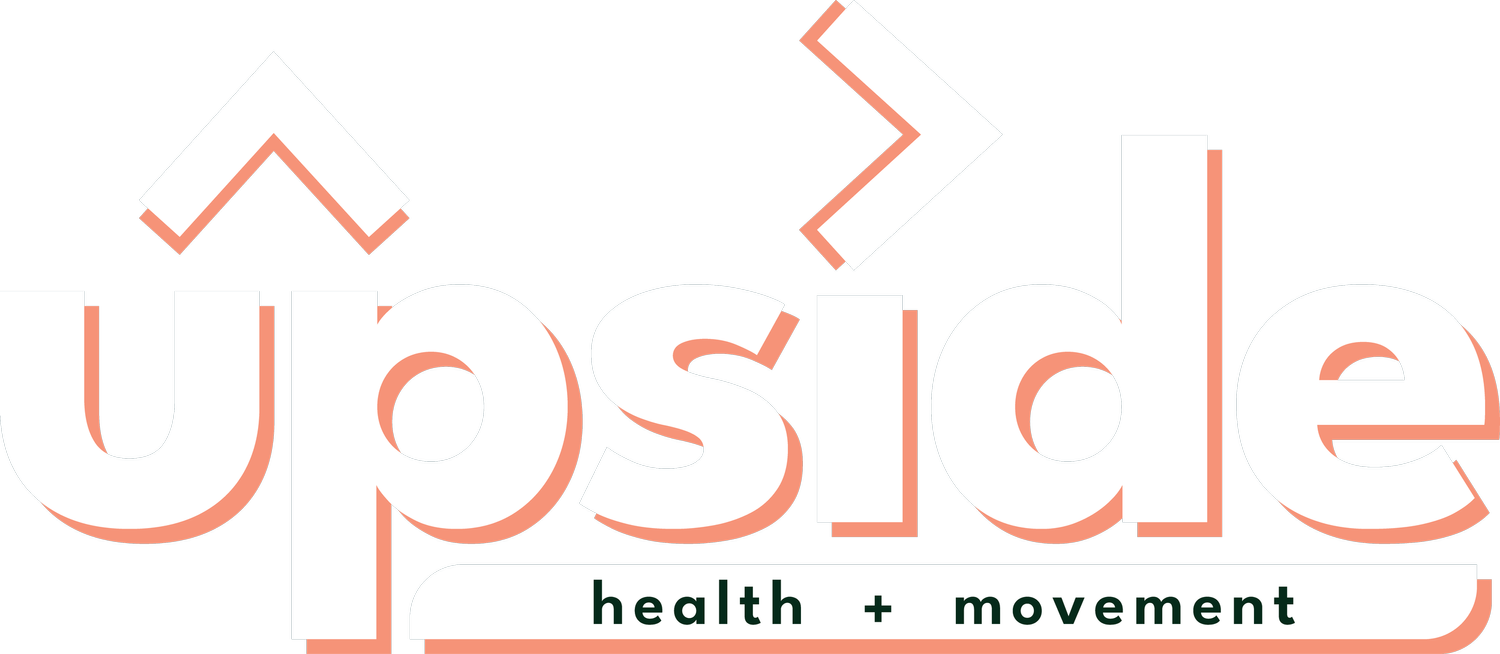Exercise As Medicine (Part Two - Hypertension, Anxiety, Osteoarthritis)
Why Exercise Can Be The Best Kind Of Medicine For Chronic Disease
HYPERTENSION
Hypertension is more commonly known as having high blood pressure. For many people with hypertension, there are no signs or symptoms which mean it can often be present for long periods before being diagnosed. According to the Australian Bureau of Statistics, in 2014-15, nearly three quarters of people (71.1%) that tested positive to having high blood pressure were not aware that they had the condition or that it would be a problem to the health. This number rises to 96.5% for those in the age bracket 18-34. Hypertension has a very high correlation with heart disease and stroke. Hypertension is defined as systolic blood pressure >140 and diastolic blood pressure >90 mmHg. It has been found that decreasing your systolic blood pressure by 20mmHg or your diastolic blood pressure by 10 mmHg halves your risk of death by cardiovascular causes
Exercise for Hypertension
Patients with hypertension are encouraged to start physical exercise. The type of training depends on the person but endurance training, dynamic strength training and isometric training have all found to be beneficial. All these types of exercise have been found to reduce both systolic and diastolic blood pressure with most reporting changes lasting between 4-10 hours. As with many conditions, it is important to consult with your healthcare professional before starting a new program, particularly those with high blood pressure of >180/105.
ANXIETY
Anxiety is the most common mental health disorder in Australia affecting nearly 1 in 4 of all adults in the country. Women are more likely to experience anxiety than men. Beyond Blue describes anxiety as much more than just feelings of stress and worry. It is the ongoing presence of these feelings long after the initial cause has passed. Someone with anxiety, those feelings of stress and worry become harder and harder to control.
The research surrounding exercise and its use for helping people with anxiety is very similar to that discussed previously regarding depression.. Some of the key points suggested as to why exercise could benefit those with anxiety are:
helping to lift mood through improved fitness and the release of natural chemicals in the brain
increasing heart rate and perspiration (both possible symptoms of anxiety) and normalise them via the positive context of their presence.
helping to improve sleeping patterns and increase energy levels
distracting the sufferer from negative thoughts or worries
feeling less alone (while exercising in groups)
Exercise for Anxiety
It is recommended to start with a low-intensity supervised aerobic workout performed within small groups. Gradually increase intensity and duration over time. Examples of aerobic exercises include; walking, swimming, cycling and running. If medication is being taken to manage symptoms over anxiety, consult a health professional prior to starting any new exercise program.
OSTEOARTHRITIS
Osteoarthritis (OA) is often characterised as "wear and tear" of the joints and can effects the whole joint including; bone, cartilage, ligaments, muscles and tendons. It most commonly occurs in the hips, knee, fingers and big toes. Symptoms vary from person to person but can normally involve joint pain and stiffness which is aggravated by activity. Around 1 in 10 of all Australians in 2018 suffers from osteoarthritis in one or more joints with females more likely to be diagnosed than males. Prevalence also increases with age. Some of the key factors that might predispose someone to OA include; previous injury to joint, family history of OA, being overweight and repetitive use.
Exercise for Osteoarthritis
As OA can affect many different joints of the body with varying degrees of pain and stiffness; each person will require an individualised program tailored to their abilities and needs. Supervision is recommended in the early stages of rehabilitation. While it may be important to strengthen the tissues surrounding the affected joint, exercise does not to be specific to those regions. Low impact exercise is preferred when dealing with weight bearing joints. It is important to exercise within your boundaries as to not aggravate the effected joint. If weight-bearing exercises on land aggravate your OA symptoms, consider water based rehabilitation such as hydrotherapy.
“Starting a program and getting into a good routine is the hardest part of any recovery, so just remember, the risk of NOT exercising poses a far greater health risk than exercising!”
REFERENCES
Arthritis Australia (2018) - https://arthritisaustralia.com.au/types-of-arthritis/osteoarthritis/
Australian Bureau of Statistics (2017-18) http://www.abs.gov.au/ausstats/abs@.nsf/Lookup/by%20Subject/4364.0.55.001~2017-18~Main%20Features~Arthritis%20and%20osteoporosis~30
Heart Foundation (2018) - https://www.heartfoundation.org.au/your-heart/know-your-risks/blood-pressure
Pedersen BK, Saltin B. Exercise as medicine – evidence for prescribing exercise as therapy in 26 different chronic diseases. Scand J Med Sci Sports 2015: (Suppl. 3) 25: 1–72.


